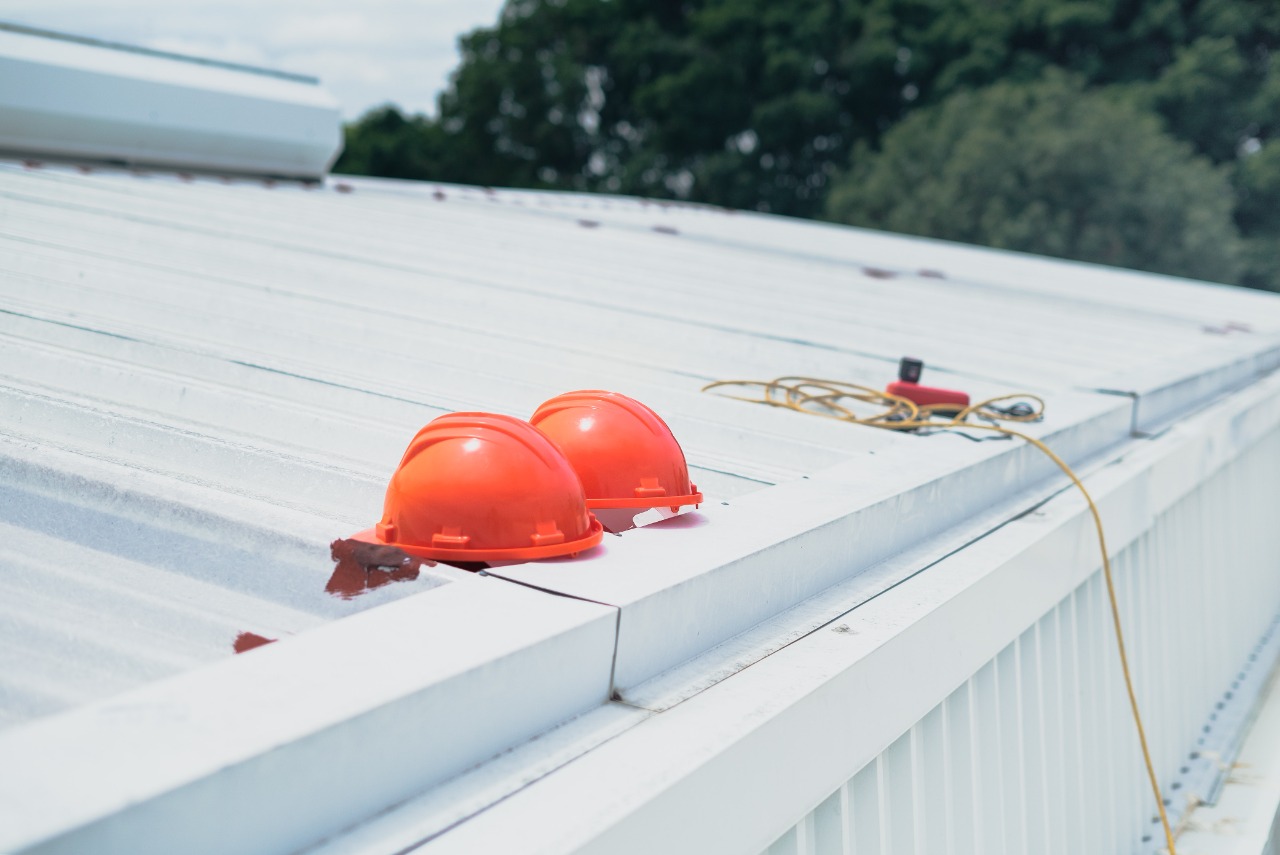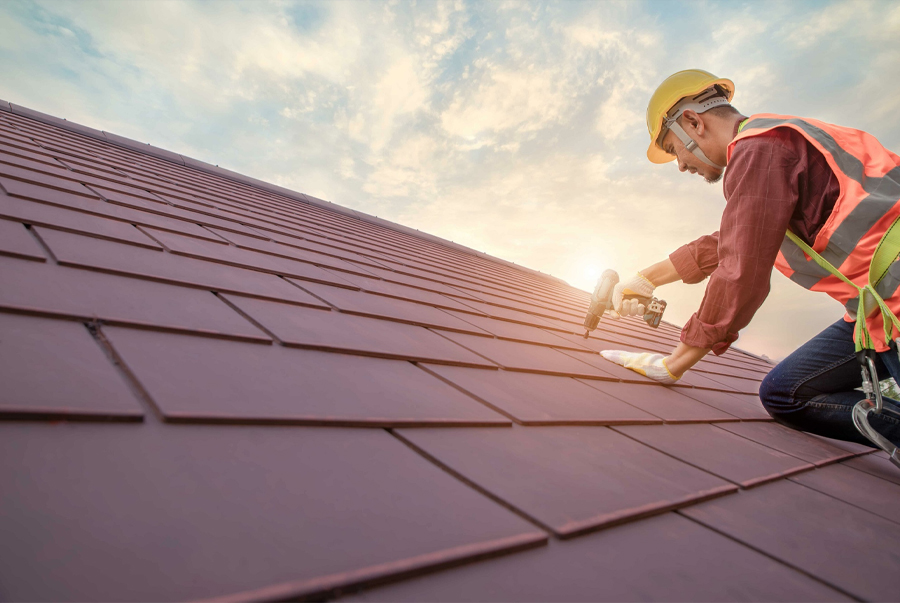
What are seamless gutters, and are they suitable for your home?
Want to know what are seamless gutters? We are here to explain what they are so that you can assess if they are suitable for your home.
Overflowing gutters, deteriorating or sagging structures, gutters needing constant re-sealing – there are numerous problems you might have to deal with if you have a dated gutter system. As a result, you might be considering installing seamless gutters to avoid them. Standard sectional gutters can be both a nuisance and an expense. That is why it makes sense to discuss what seamless gutters are and if they are suitable for your home.
First of all, compared to standard gutters, seamless gutters are low maintenance and can be custom-made. It results in a highly efficient gutter system as they are more resistant to leaks and damage. Not to mention they are more appealing to the eye. In most cases, seamless gutters can last as many as 20 years without extensive maintenance and repairs.
What are seamless gutters exactly?
Seamless gutters are seamless in that they are produced from a single piece of material. For this reason, they are also referred to as continuous. This means they haven’t been divided into separate sections. Hence, they do not need to be sealed at the joints as there are no overlaps.
This kind of manufacture makes seamless gutters extremely resistant to leaking. As a result, they are pretty durable in comparison to regular ones. What’s more, they are also low maintenance. They are usually produced from long-lasting materials such as aluminum, steel, and copper.

What are regular gutters?
Regular gutters are produced differently by combining pre-cut sections joined to form one gutter. The edges or joints between the sections must be sealed with a special sealant for roofs and gutters. However, complete protection from leaking and dripping lasts only one to five years. Furthermore, standard gutters must undergo regular maintenance, including re-patching, re-sealing, and frequent cleaning.

Now that you know the fundamental differences, we compare the advantages and disadvantages of each so that you can assess what kind of gutter is suitable for your home.
Advantages of Seamless Gutters
Why should you go with seamless gutters? There are several reasons why seamless gutters might be the right choice for some homeowners.
Low maintenance
The most apparent advantage of seamless gutters is that you do not have to invest too much time and money into their maintenance. The debris, which causes clogging and consequent leaking, piles up because of the joint connections on regular gutters. If you want to enhance gutters more, you can fortify the structure of the seamless gutter with leaf guards. This way, you will not have to rely on professional maintenance other than occasional checkups.
Less likely to leak or get damaged
As mentioned, the very fact there are no joints in the seamless gutters also means that you can expect less leaking. You do not have to apply the sealant as you would have to with regular gutters. Considering the joints are the weakest points of the gutter, it is improbable you will have to deal with sagging or other kinds of deformation of the structure.
In that sense, you might want to consider switching to seamless gutters if your home has frequent leakage problems or if you plan to renovate your new home before you move in. At the same time, you won’t have to bother with wilt gutter installation because it usually goes seamlessly (like the gutters).
Seamless gutters are incredibly durable
Another advantage you can rely on involves the extended durability of seamless gutters. With the occasional checkup and mending, they may stay intact for more than 20 years. As opposed to this, regular gutters can hardly last this long despite yearly maintenance. Furthermore, standard gutters must be re-sealed at least once every three years.
Disadvantages of seamless gutters
Seamless gutters are more expensive
With so many great features, seamless gutters are more expensive than regular ones. That results from the need to cut the gutters according to the exact dimensions of your home. For example, if you go for aluminum gutters, installing one foot of material costs $6-13. Regular aluminum gutters usually cost from $5 to $10. In addition, the installation costs add another $2.5 per foot.
This cost difference can be significant if your property is large. However, consider that the upfront costs you will have to cover pay off in the long run as you won’t have to invest so much into fixes and regular maintenance.
The installation has to be professional
To reap all the benefits of seamless gutters, you must find an experienced professional to build and install them. As they have to be constructed and cut on-site to fit perfectly, seamless gutters require the use of special machines. For this reason, a certified contractor must handle the installation. Installing regular gutters is much simpler as you can do it yourself with the necessary safety precautions.

You have to replace the entire structure
Another downside to having seamless gutters is that you have to replace them entirely in the event of leakage or sagging. In most cases, it is impossible to isolate just the part where the problem arose. So you have to consider that you will have to replace the entire length of the gutter. In areas with many storms or erosions, seamless gutters are not the best option.
Hopefully, this article has explained what seamless gutters are. Now that you know about these innovative constructions, you can decide if they suit your home.




















